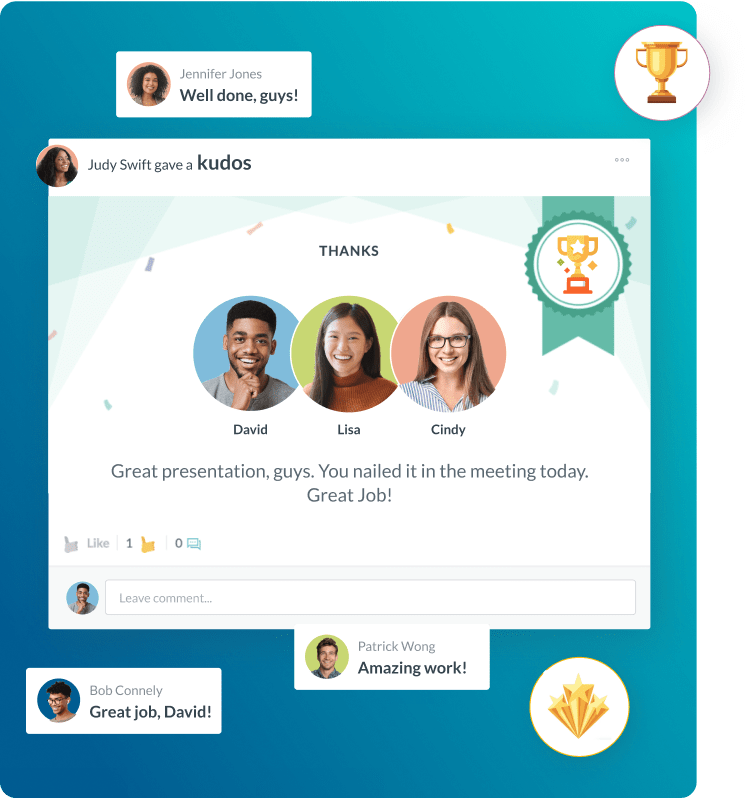Reward Points System
- Why a Reward Points System is Critical to Business Success
- Key Points: Strategic Value for Decision-Makers
- Comparative Value: Points System vs. Traditional Rewards
- Best Practices for Designing a High-Impact System
- Pitfalls to Avoid in Reward Points Implementation
- Industry Applications and Business Examples
- Implementation Plan: A Step-by-Step Guide
- Future Outlook and Trends for Reward Points
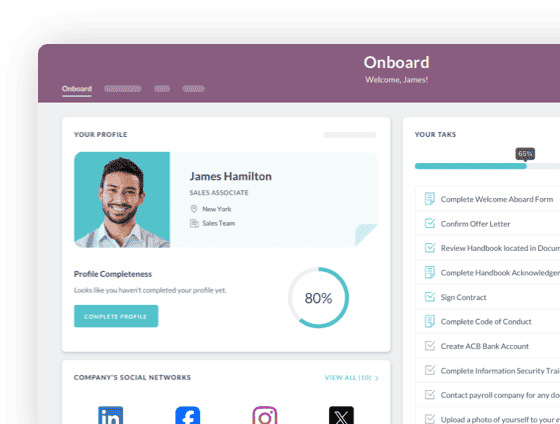
 Cut onboarding time
by 60%—here's the
Ultimate Checklist
that helped do it.
Cut onboarding time
by 60%—here's the
Ultimate Checklist
that helped do it.
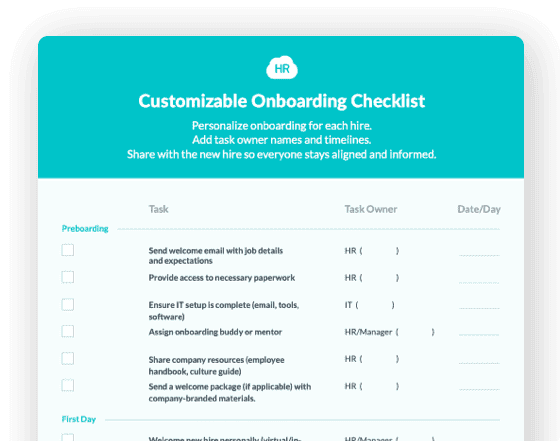
A Reward Points System is a formal business program. It lets employees earn redeemable points. They earn these points by meeting goals, showing desired behaviors, or hitting milestones. This system is a flexible, ongoing way to recognize and motivate your team. It goes beyond a normal salary or bonus.
The system is like a digital currency your employees earn for good work. They can trade points for real rewards, such as gift cards, gifts, experiences, or extra time off. By setting clear rules for earning points, companies show exactly which actions and values are most important. A good reward system makes recognition fast, easy to see, and fair. Peers and managers can both acknowledge great work right when it happens. This ongoing recognition helps drive your business forward.
Why a Reward Points System is Critical to Business Success
A reward points platform is not just a benefit; it's a key business investment. It helps manage your most important asset: your people. In today's competitive job market, paying salaries isn't enough to keep your top talent. Companies must actively create a place where employee efforts are always seen and valued. This visibility creates transparency and fairness. These are two vital parts of a high-trust work environment. When businesses use strong employee recognition strategies, they can solve big problems. They can cut down on staff turnover, low engagement, and poor output. A points system is also more flexible than fixed bonuses or sudden thank-yous. It lets you match the reward to what each person likes. This makes the reward feel more personal and valuable.
Key Points: Strategic Value for Decision-Makers
A successful reward points plan leads to real, measurable gains for your company. Leaders need to know these impacts to get budget approval.
Boosts Engagement and Morale:
Giving points immediately and often helps increase overall employee engagement. Employees feel encouraged to give their best effort every day.
Reinforces Company Values:
You can connect points directly to company values or goals. This is a clear way to teach and strengthen the behaviors you want across all teams.
Improves Staff Retention:
When you recognize employees often, they feel valued. This makes them much less likely to look for other jobs, according to data on improving staff retention. This reduces the high cost and trouble of high staff turnover.
Drives Performance:
By making the rules for earning points clear, the system focuses employees on important tasks and behaviors. This links effort straight to a reward.
Scales Recognition Effort:
A points system makes it easy to recognize work across a large or geographically distributed workforce. [https://www.hrcloud.com/hr-solutions-for-distributed-companies] This ensures that everyone receives consistent appreciation.
Provides Valuable Data:
The data from the system shows you who is being recognized, for what, and by whom. This helps you quickly find your top performers and any areas that need focus.
Comparative Value: Points System vs. Traditional Rewards
Executive teams must choose the best recognition tool. A reward points system is better than older, rigid methods. It helps control costs and reduces paperwork. A company picnic or yearly bonus has its place. However, a digital, points-based structure gives constant value. This is a huge difference. Compare a one-time reward to a system that promotes continuous improvement and peer-to-peer acknowledgment. The points system lets you use your reward budget more wisely. You can focus resources on frequent recognition. It also helps you show the ROI (Return on Investment) of your people programs. You can do this by tracking how often points are used and redeemed.
|
Feature |
Reward Points System |
Traditional Spot Bonus (Cash) |
Annual Performance Bonus (Cash) |
|
Frequency/Timing |
Real-time, continuous, immediate |
Ad hoc, sporadic, manager-dependent |
Once per year, often delayed |
|
Flexibility of Reward |
High: Employee chooses from a catalog (experiences, gifts, time off) |
Low: Fixed monetary amount |
Low: Fixed monetary amount or percentage |
|
Administrative Burden |
Moderate: Automated by platform; minimal manual process |
High: Requires individual finance/payroll processing for each payment |
Moderate: Tied to annual review cycle |
|
Focus/Behavior Driven |
Highly Specific: Links points to specific, desired behaviors or values |
Generic: Often tied to completing a project; less specific to values |
Broad: Tied to yearly KPIs, often team-based |
|
Tax Implications |
Often more favorable for non-cash, lower-value rewards; depends on local law |
Taxable income for employee and employer payroll tax liability |
Taxable income for employee and employer payroll tax liability |
|
Impact on Culture |
Creates a nurturing a culture of appreciation by enabling peer-to-peer giving |
Often seen as purely transactional; manager-only recognition |
Transactional; tied only to formal performance reviews |
Best Practices for Designing a High-Impact System
Setting up a reward points system needs smart design and clear strategic communication. It is more than just choosing a software vendor. You must fit the system into your daily workflow and company culture. Success depends on the program being easy, fair, and clearly linked to your business goals. A structured plan makes sure your investment pays off. Using modern performance management systems to track achievements makes the process even easier.
Tie Points to Core Values and Goals:
Clearly define how employees earn points. They must know exactly what actions get rewarded. For example, give points for how a project was completed (like showing collaboration or innovation), not just for completing it. The system must support your company's mission and expected behaviors.
Ensure Easy Access and Usability:
The platform must work where employees already spend their time. This could be a mobile app or a messaging platform. If giving or redeeming points is hard, the program will fail. Make recognition quick and simple for everyone.
Encourage Peer-to-Peer Recognition:
Manager recognition is important, but let employees give points to their co-workers, too. This builds teamwork, increases the total amount of recognition, and gives employees ownership of the culture. Gallup's research on employee motivation consistently proves the power of frequent, honest recognition from all sources.
Offer a Diverse and Appealing Reward Catalog:
Points are only valuable if the rewards are good. Keep the catalog fresh and offer many types of options. These should include experiences, charity donations, gift cards, company items, and practical things like extra paid time off. Choose items that appeal to employees of all ages.
Communicate Program Value and Changes Constantly:
Launch day is only the start. Use internal messaging to share success stories, announce new rewards, and remind employees how the program works and why it helps them. Showing real results greatly increases participation.
Review and Adjust Earning Rates Annually:
The value of points can drop over time, or business goals can change. Once a year, check the point-to-dollar rate, the most popular rewards, and the behaviors you are recognizing. Use employee feedback tools to learn how to make the program better.
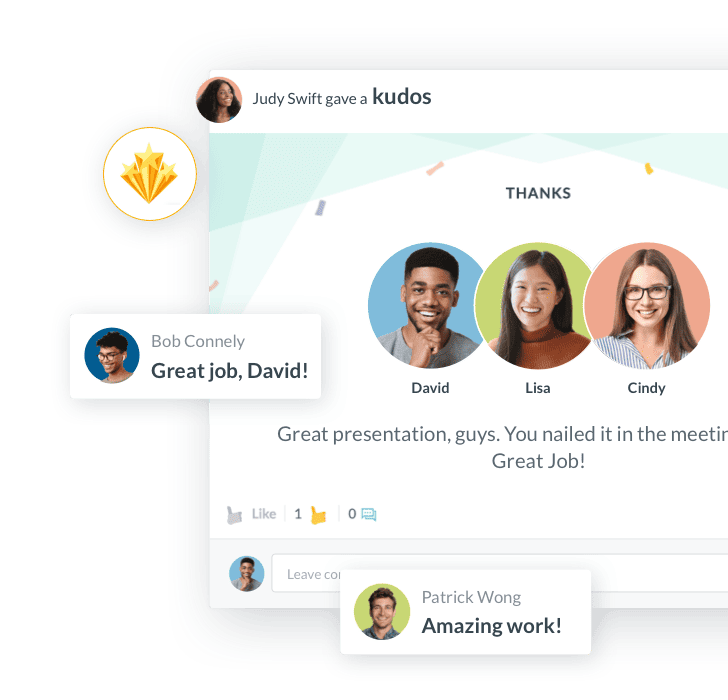
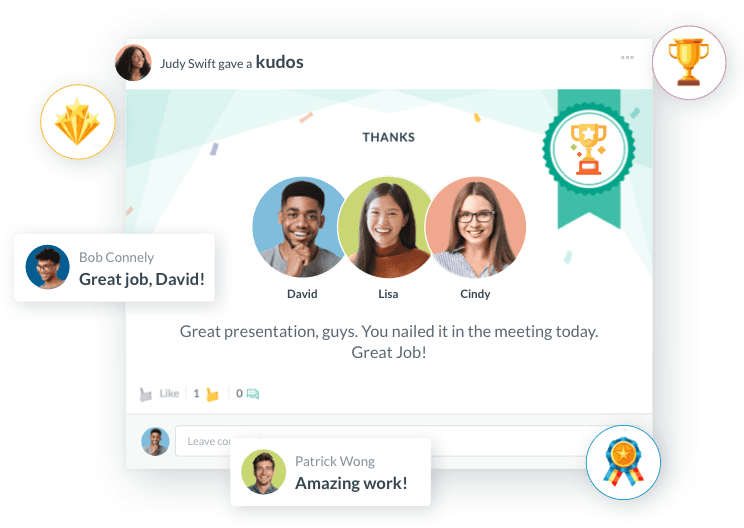
Pitfalls to Avoid in Reward Points Implementation
Even good intentions can lead to common mistakes that hurt a rewards program. Business leaders must know these traps. This is vital for keeping the system successful, fair, and trustworthy.
The "Point Inflation" Problem:
This happens when points are given too easily, without clear rules. It makes employees feel entitled, and the point value drops. If everyone is a top performer, the term loses its meaning. Keep the points tied to real achievement, not just showing up.
Creating a "Black Market" for Recognition:
If the system seems rigged (managers favoring certain people or teams), it creates anger and distrust. Make sure the rules and point distribution are clear, fair, and trackable across all groups.
Neglecting the Catalog and Redemption Experience:
A slow, old, or unappealing reward catalog will kill excitement fast. If an employee waits three weeks for a gift card, the reward loses its meaning. The way points are redeemed must be quick and easy, just like the recognition itself.
The Set-It-and-Forget-It Mentality:
A rewards platform needs constant work. It is not a passive tool. It needs active management, promotion, and analysis. Appointing a program owner to check usage, track numbers, and update the catalog is key to long-term health.
Failing to Integrate with Strategic HR Goals:
The system cannot stand alone. It must connect directly to wider HR and talent management strategies. If the rewarded actions do not help meet business goals, the program is merely an expensive toy.
Industry Applications and Business Examples
A reward points system can work well in many different sectors. This proves that recognizing great work is a need for every business. From tech companies to essential services, the main rule is always the same: Find valuable work and reward it so others can see.
Technology and Software Development:
In fast-moving tech workplaces, points often reward specific, unusual actions. A software company might give points for finding a bug early, writing helpful documents, coaching a new team member, or working extra hard on a tight product launch. This type of non-monetary recognition fits a culture that values new ideas and speed, which, according to a Harvard Business Review analysis, can be more powerful than a small cash reward.
Healthcare and Patient Services:
For hospitals and clinics, points are great for rewarding excellent patient care and following safety rules. A healthcare provider might give points to nurses who get high patient feedback scores. They might also reward staff who spot a safety risk or teams that work together well across departments. This helps improve key measures like patient happiness and fewer errors.
Manufacturing and Operations:
In factory settings, the system focuses on safety, efficiency, and continuous improvement. A plant could give points for zero safety incidents over a quarter. They might reward staff who suggest a better process that saves time or materials. They might also reward perfect completion of a complex maintenance plan. These actions directly lower costs and raise output.
Implementation Plan: A Step-by-Step Guide
Starting a reward points system is a key project, not just putting out new software. Using a phased plan ensures it lines up with your goals, people use it, and it lasts. The full cost to put the system in place will change. This depends on how complex it is and how big your company is, as insights published in Forbes about HR technology show.
Phase 1: Strategy and Design (Weeks 1-4)
Define Business Objectives: Decide what the program must do. Examples: lower turnover by 10%, increase peer-to-peer thanks by 50%, or get people to use a new quality rule.
Establish Earning Criteria: Work with HR and department leaders to create clear rules for earning points. Example: 10 points for a thank you, 100 points for a major goal, 500 points for finishing a big project.
Source and Configure Rewards: Finish the catalog of rewards. Set up pricing with vendors and decide the point-to-dollar value. Make sure you have a mix of big, desirable rewards and smaller, low-cost items.
Phase 2: Technology and Integration (Weeks 5-8)
Select and Configure Platform: Choose a vendor and connect the software to your existing HRIS, communication, and payroll systems. Test things like single sign-on (SSO) and data sync to make sure using the system is easy.
Pilot Program Launch: Introduce the system to a small, diverse test group (10–15% of staff). Get feedback on how easy it is to use, if the rewards are good, and if the rules are clear.
Final Adjustments: Fix the system based on the test group's feedback. Get training guides and communication plans ready for everyone.
Phase 3: Rollout and Promotion (Weeks 9-12)
Official Company-Wide Launch: Start the program with clear, excited news from the top leaders. Ensure every employee has an account and understands the "why" and "how."
Initial Seeding: Think about giving everyone an initial "seed" of points. This encourages them to use the system right away and make a first trade, which helps new users start easily.
Monitor and Train: Watch usage closely at the start. Give special training to managers to ensure they are using the system to guide team performance. The system should be a main part of their strategy for recognizing contributions.
Future Outlook and Trends for Reward Points
Reward systems will become more personal. They will fit better into the workday. They will also offer deeper ways to analyze data. Leaders should get their current systems ready for these trends. This helps them stay competitive in talent management.
Hyper-Personalization of Rewards:
Systems will use AI to suggest the best rewards for each person. They will look at an employee's past choices, location, and interests. This moves past a basic list to a truly curated experience.
Integrated "Flow of Work" Recognition:
In the future, employees should not need to sign into a separate website for thanks. Systems will be fully built into collaboration tools like Slack, Teams, and internal intranets. Giving points will be as easy as sending an emoji.
Blockchain and Digital Currency:
While still new, some companies are looking at using internal, non-fungible tokens (NFTs) or blockchain for reward points. This offers better security, clear rules, and a potentially more flexible way to manage the internal currency.
Deeper Analytics and Predictive Modeling:
New platforms will do more than just report how people use the system. They will offer smart predictions. HR leaders will be able to see which teams are at risk of disengagement. This happens when recognition activity goes down. They can step in early to prevent employee turnover. This advanced data analysis makes the rewards platform a strategic tool.
Keep Reading
From Manual to Automated: A Complete Guide to Digitizing Employee Onboarding for Large Organizations
Sarah Chen, Director of HR at a 7,000-employee healthcare organization, starts her Monday
Enterprise HR Software in 2025: Why Traditional Enterprise Platforms Fall Short and What Actually Works
Traditional enterprise human resources software systems promise comprehensive solutions
AI in Onboarding: Complete Guide for 2026
You’ve probably been hearing this multiple times a day — AI is transforming HR. But
Ready to streamline your onboarding process?
Book a demo today and see how HR Cloud can help you create an exceptional experience for your new employees.






